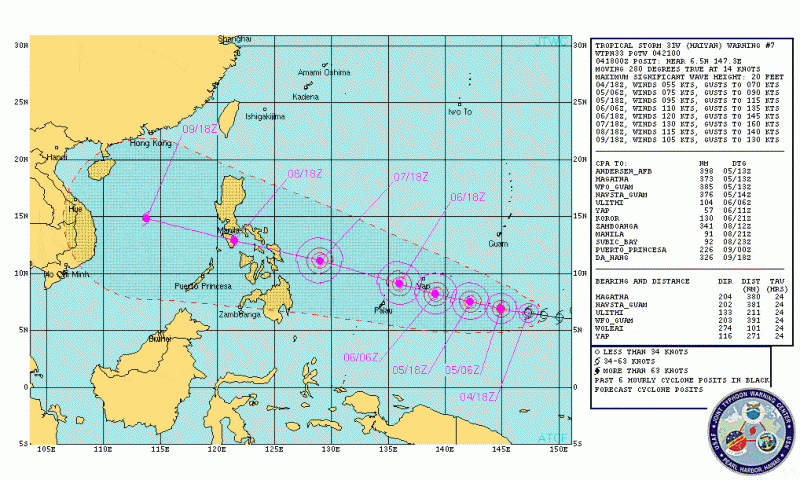What to do BEFORE, DURING and AFTER a Typhoon
Heavy rains had made the Philippines’ capital paralyzed this week submerging about 70% of its total land area. This scenario has always become a “normal” scene and an annual headline every rainy season. Storms have become the country’s constant visitor and they always, I mean always leave something disastrous after.So with such “usual” scenario that we oft
en see even after storms have passed and floods have subsided, how are you going to prepare for it? Below are some of the things that you should do before, during and after the storm:

Typhoon Haiyan
Before Typhoon
- Keep yourself updated. With the various media platforms, it is next to impossible to not be updated of the supposed typhoon’s movement.
- Inspect and clean up your house especially your drainage system. Check to see if there’s a need to fix your house such as holes on your roofs, damaged doors, windows or ceilings. Have them fixed as soon as possible. Do check as well your drainage system. If there’s clogging, have them fixed or remove any material that may possibly cause the clogging.
- Store ample amount of ready-to-eat foods and water. Make sure that the foods and water that you will store is adequate enough for you and your family and will last for few days. Ready-to-eat foods such as canned/packed foods are especially helpful when cooking is no longer feasible.
- If you have second or third floors or any part in your house that is elevated, have your things especially those that generate electricity placed in there. This will keep water from coming in contact with these stuffs.
- If you are advised to evacuate, do so. These people who will inform you of the need for evacuation are more knowledgeable than anyone else. So don’t be hard-headed, at least not during this time of distress.
- Always have your emergency kits with you. Your emergency kit may include first-aid supplies, candles, flashlights, life vests and battery-operated radio.
During Typhoon
- If no advice to evacuate was announced, then better stay inside your house. Keep yourself calm and postpone any scheduled travels.
- Keep on monitoring the typhoon’s movement through your television, radio or the internet.
- If you see signs of water rising, better turn off the main sources of electricity. Do keep your electric-powered items stored in higher areas and refrain from using them during flood.
- Do not wade along flooded areas to keep yourself from contacting water-borne diseases. If it is inevitable, wear protective gears such as raincoats and boots to protect yourself.
- If you are told to evacuate, calmly comply.
After the Typhoon
- Monitor and update yourself with the progress of the typhoon through radio, television or the internet (should this be accessible).
- If your house was one of the heavily damaged, make sure that you heed to the advice of the authorities regarding its safety and stability. If they are uncertain of your house’s condition, do not go yet. If the house didn’t have that much damage, have your house inspected and do the needed repairs immediately. Just be safe in inspecting your house and avoid scattered debris.
- Watch out for live wires or any electrical outlet that may be submerged in water. If you don’t have the sufficient knowledge on electrical wirings, have a knowledgeable person inspect these wires as well as your appliances before you actually use them again.
- Wear protective gears such as boots. Water-borne diseases such as Leptospirosis do not only spread out during typhoon but also after the typhoon. The bacteria that cause this disease may still be present in moist soils or scattered debris and if these contacts with your open wound, the chances of developing such disease is very much likely.
- Boil water before drinking as they may be contaminated.
- Clean up. Dispose things that may be a ground for mosquitoes to breed. Such stuffs may include tires, cans or pots.
No comments:
Post a Comment